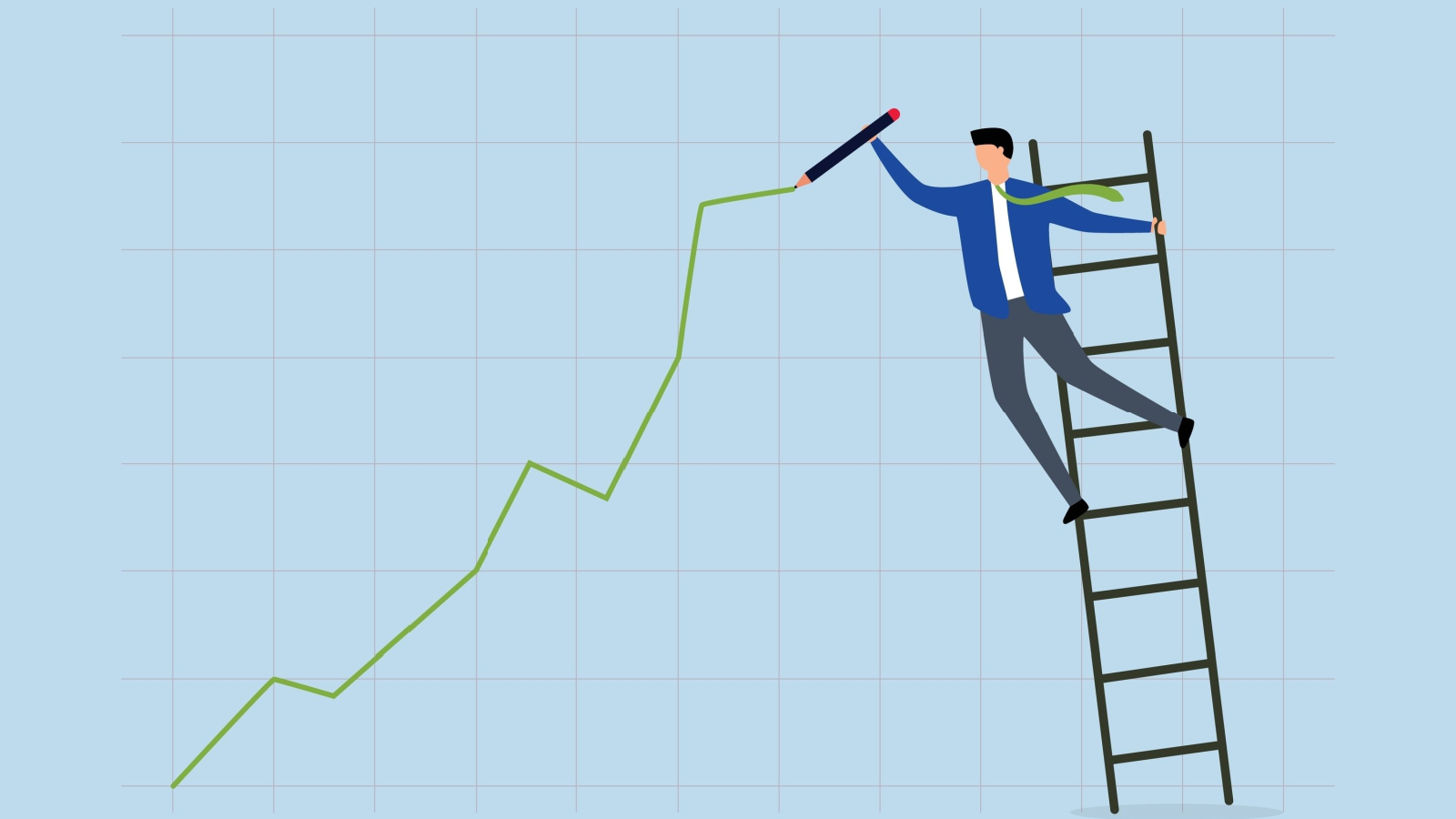It’s the Perfect Time for This Low-Risk, High-Reward Strategy
Editor’s Note: Geopolitical uncertainty, tariffs, mixed earnings results, and stalled-out price action has been throwing a wrench into the works this year. But our partners at TradeSmith couldn’t be more certain about what’s coming. And what’s coming is the continuation of an epic melt-up that officially began in April of last year… and will likely only accelerate over the next 12 months. Today, TradeSmith CEO Keith Kaplan is joining us today to brief you on exactly how they reached that conclusion… and the strategy he uses to take advantage of stocks in sharp downtrends. Take it away, Keith… They say you should never try to catch a falling knife. That’s certainly true… if you’re doing it without a plan. But if you do it with the right stocks, buying into a downtrend and banking on a reversal can be quite lucrative. A couple months back, we got the idea of designing a system that’s like catching a falling knife with Kevlar gloves on… where we minimize the risk and trade only the rarest setups with a strong track record of working. We tested tons of different variables, and eventually we found one combination that produces a rare but quite reliable trading signal. By targeting quality stocks in sudden, steep downtrends… You can bank on a quick reversion to the mean that sends the shares much higher from your entry. Why talk about it now? First off, it’s about to go live in TradeSmith Finance for Trade360, Ideas by TradeSmith, and Platinum subscribers. We wanted folks to be ready to grab some serious gains, as TradeSmith is picking up an ultra-rare bullish signal in the markets right now that only comes around every few decades. And that signal is really key to this whole strategy. You see, our data shows that we’re in a rare kind of market that we previously only saw in 1996… and then 70 years earlier, in 1926. If your market history is sharp, you know those were the early stages of massive investment manias that went far further and lasted much longer than anyone expected. Both were powered by technological breakthroughs… financial institutions lowering the barrier for smaller investors to participate… and a consumer credit revolution that spurred the economy higher. These are all things we’re seeing the beginnings of today. And what we’ve found is that these specific conditions signal the start of a “mega melt-up.” In markets like this, stocks can post monumental gains, year after year. For example, the S&P 500 rose more than 20% every single year from 1996 to 1999, until the bubble popped in September of 2000. The Nasdaq did even better, returning 42%, 20%, 83%, and 102% in that four-year period. Individual stocks did even better, with companies like Microsoft (MSFT) returning more than 1,000%… Oracle (ORCL) returning more than 1,200%… and Amazon (AMZN) hitting a peak of 8,509% from ’97 to ’99. But of course, every melt-up eventually turns into a meltdown. That was true 100 years ago, as the Roaring ‘20s gave way to the Great Depression. And it was true 30 years ago, when the dot-com boom turned into a bubble and a bust. But no matter if we’re in the boom, bubble, or bust phase of a melt-up, this strategy is perfectly suited to catching quick gains as stocks recover from quick sell-offs. More on all this in a brand-new presentation later this week. But today, let’s focus on the strategy…
https://investorplace.com/smartmoney/2025/02/low-risk-high-reward-strategy/

